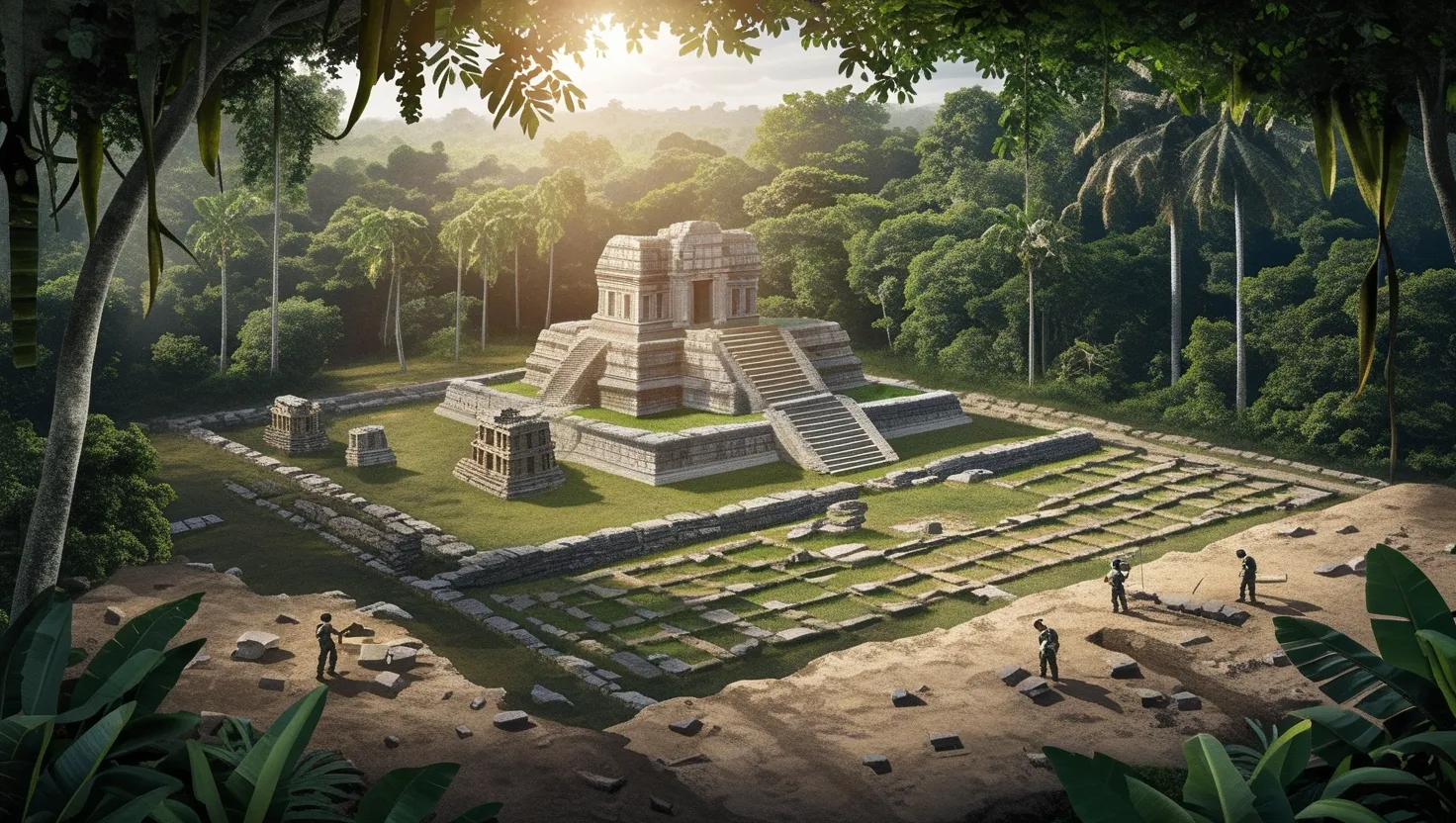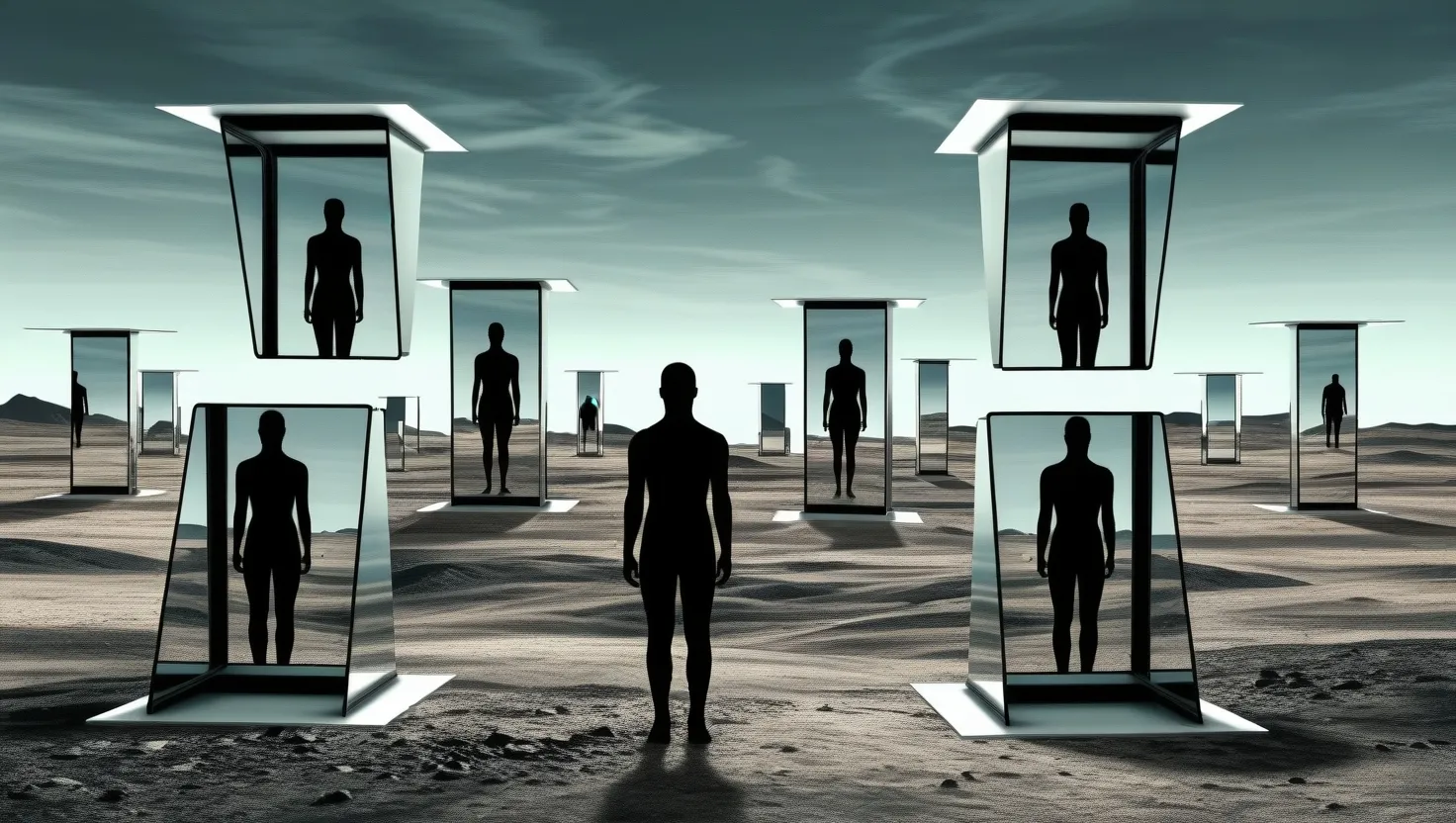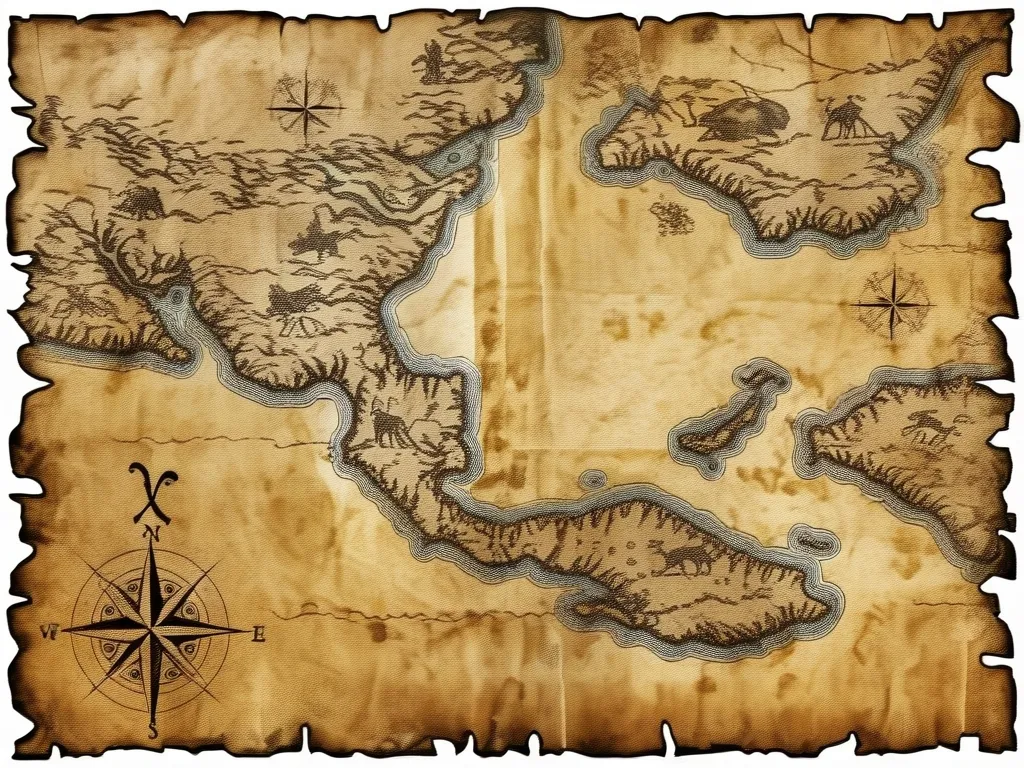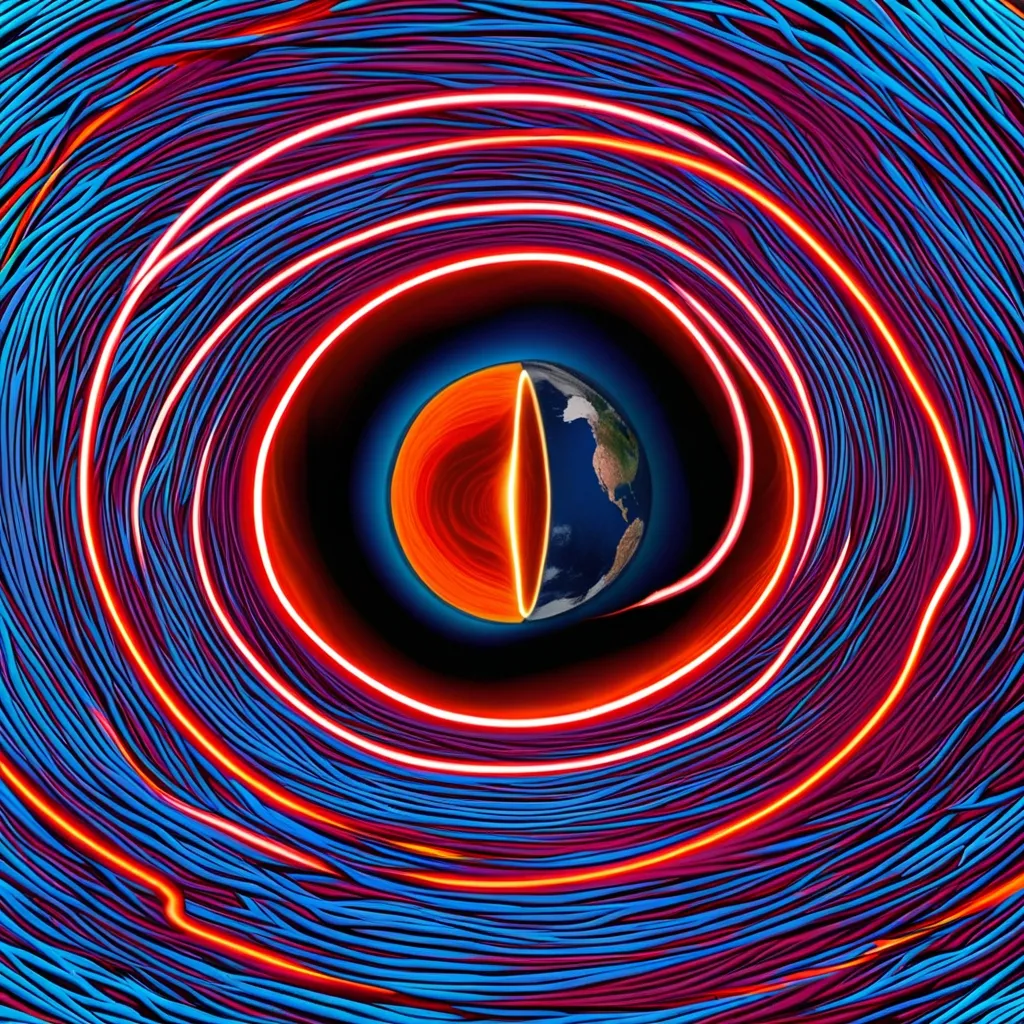The allure of lost cities has captivated human imagination for centuries. There’s something irresistible about the idea of entire metropolises vanishing without a trace, only to be rediscovered millennia later. As an archaeologist, I’ve had the privilege of exploring some of these remarkable sites firsthand. Let me take you on a journey through six ancient lost cities that were found in the most unexpected ways.
Our first stop is Pavlopetri, a submerged Bronze Age wonder off the coast of southern Greece. Picture this - oceanographers mapping the seafloor in the 1960s, expecting to find little more than sand and rocks. Instead, their sonar equipment reveals the ghostly outlines of an entire city grid beneath the waves. Pavlopetri turned out to be the world’s oldest known underwater city, dating back an astounding 5,000 years.
As I dove among Pavlopetri’s submerged ruins, I was struck by how ahead of its time this metropolis was. The city boasted paved streets, complex drainage systems, and multi-story buildings - urban planning that wouldn’t be seen again in Europe for thousands of years. Its discovery fundamentally changed our understanding of Bronze Age civilization in the Mediterranean.
“The sea has many voices, many gods and many voices.” - T.S. Eliot
Indeed, the sea kept Pavlopetri’s secrets for millennia before revealing them to us. What other sunken marvels might still be waiting to be found in the depths?
Our next destination takes us to southeastern Turkey, where a farmer stumbled upon one of the most important archaeological finds of the 20th century while plowing his fields. In the 1990s, Mahmut Yıldız noticed strange stone protrusions poking up through the soil. Little did he know he had just rediscovered Göbekli Tepe, a mind-boggling complex of stone circles and T-shaped pillars that predates Stonehenge by 6,000 years.
Göbekli Tepe completely upended our notions about the capabilities of prehistoric hunter-gatherers. The site’s massive stone structures, adorned with intricate animal carvings, suggest a level of social organization previously thought impossible for non-agricultural societies. As I ran my hands over those ancient pillars, I couldn’t help but wonder: what other assumptions about our prehistoric ancestors might we need to reconsider?
Let’s head now to the Mediterranean coast of Egypt, where the fabled city of Heracleion lay hidden beneath the waves for over 1,200 years. In 2000, a team of marine archaeologists was testing new sonar equipment in Abu Qir Bay when they detected strange anomalies on the seafloor. To their astonishment, they had stumbled upon the ruins of Heracleion, a major port city mentioned in ancient texts but long thought lost to the sea.
Diving among Heracleion’s submerged temples and statues was like stepping into a time machine. The city’s sudden submergence had preserved it in remarkable detail - we found everything from giant stone sculptures to delicate gold jewelry. Perhaps most intriguingly, we uncovered evidence suggesting Heracleion may have been the site where Cleopatra was crowned queen of Egypt.
“The past is never dead. It’s not even past.” - William Faulkner
Faulkner’s words ring especially true when confronted with a place like Heracleion. Its rediscovery allows us to touch and see a slice of history that was thought lost forever. What other chapters of our past might still be waiting to be rediscovered?
Our journey now takes us deep into the jungles of Cambodia, where cutting-edge technology revealed a hidden ancient capital. For centuries, local legends spoke of a vast city buried beneath the forest canopy near Angkor Wat. It wasn’t until 2012 that archaeologists, using airborne laser scanning technology called lidar, were able to peer through the dense vegetation and map the outlines of Mahendraparvata, a sprawling 9th-century metropolis.
Walking through the newly cleared ruins of Mahendraparvata, I was struck by the city’s sophisticated layout. Its grid system and water management infrastructure rivaled anything found at Angkor Wat. The discovery has forced us to rethink the origins and early development of the Khmer Empire. It also raises an intriguing question: how many other lost cities might still be hiding beneath the world’s jungles, waiting for the right technology to reveal them?
Our next stop takes us to the cloud forests of Colombia’s Sierra Nevada mountains. In the 1970s, local grave robbers led archaeologists to the ruins of Ciudad Perdida, an ancient city hidden deep in the jungle. As we hiked the steep stone staircases leading up to the city, I couldn’t help but marvel at the engineering feat it represented. Ciudad Perdida was built on a series of stone terraces carved into the mountainside, connected by an intricate network of tiled roads and plazas.
The city, constructed around 800 CE, predates Machu Picchu by some 650 years. Its discovery has shed new light on the advanced urban planning capabilities of pre-Columbian cultures in South America. As I stood atop one of Ciudad Perdida’s highest terraces, gazing out over the mist-shrouded jungle, I wondered what other marvels might still be concealed in the vast wilderness of the Amazon basin.
“The real voyage of discovery consists not in seeking new landscapes, but in having new eyes.” - Marcel Proust
Proust’s insight feels particularly relevant when considering Ciudad Perdida. The city had been there all along, hidden in plain sight. It took a shift in perspective - and some unexpected help from looters - to bring it back into the light of day.
Our final destination brings us back to Egypt, where the ancient city of Tanis lay buried beneath the sands for millennia. Unlike our other lost cities, Tanis was rediscovered not through chance or exploration on the ground, but from high above. In the 1930s, French archaeologists examining aerial photographs of the Nile Delta noticed subtle disturbances in the soil that hinted at buried structures.
Excavations at Tanis revealed a treasure trove of artifacts, including the intact royal burial chambers of several pharaohs. The city’s rediscovery has provided invaluable insights into a little-understood period of ancient Egyptian history. As I held a piece of jewelry recovered from one of the Tanis tombs, I was struck by how something so small and delicate could survive for thousands of years, waiting patiently in the darkness to tell its story.
The tale of Tanis’s rediscovery raises an intriguing question: what other ancient sites might we be overlooking, simply because we’re not looking at the landscape in the right way?
As we conclude our whirlwind tour of these six remarkable lost cities, I’m left with a sense of wonder at the ingenuity of our ancestors and the persistence of those who sought to rediscover their lost works. Each of these cities challenges our preconceptions about ancient civilizations and reminds us that there is still so much to learn about our past.
The unconventional ways in which these cities were found - from farmers stumbling upon strange stones to scientists peering through jungle canopies with lasers - highlight the importance of keeping an open mind in archaeology. Sometimes, the most significant discoveries come from the most unexpected places.
These rediscovered cities also serve as a poignant reminder of the fragility of human achievements. Great metropolises can be swallowed by the sea, buried by sand, or reclaimed by the jungle. Yet, even after millennia of obscurity, they still have stories to tell us.
As technology advances and our methods of exploration evolve, who knows what other lost wonders we might uncover? What forgotten chapters of human history are still waiting to be rediscovered? The next great archaeological find could be hiding just beneath our feet, waiting for someone with the right tools - or the right perspective - to bring it back into the light.
So the next time you’re out for a walk, take a moment to really look at the landscape around you. Who knows? You might just stumble upon the next great lost city.
“The greatest discoveries all start with the question ‘what if?‘” - Unknown
What if that odd mound in the distance is more than just a hill? What if those strange patterns you noticed on a satellite image are the outlines of ancient structures? What if the legends of a lost city hidden in the jungle are more than just myths?
In the end, the story of these rediscovered cities is not just about the past, but about human curiosity, persistence, and the endless quest for knowledge. It’s a reminder that there are still mysteries to be solved and wonders to be uncovered. All we need to do is keep looking, keep questioning, and keep exploring.
So, dear reader, I leave you with this question: what lost city might you help rediscover?






